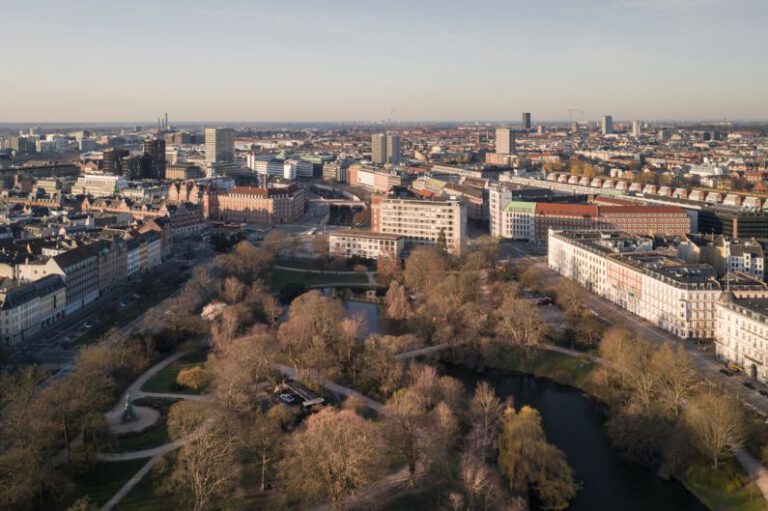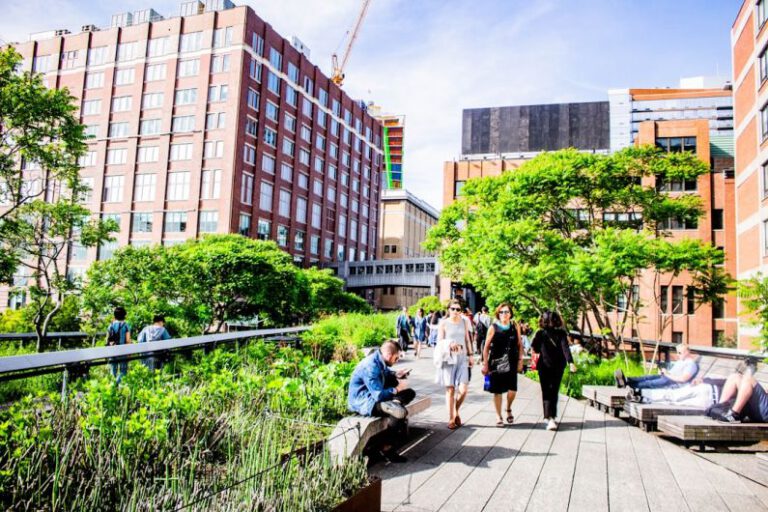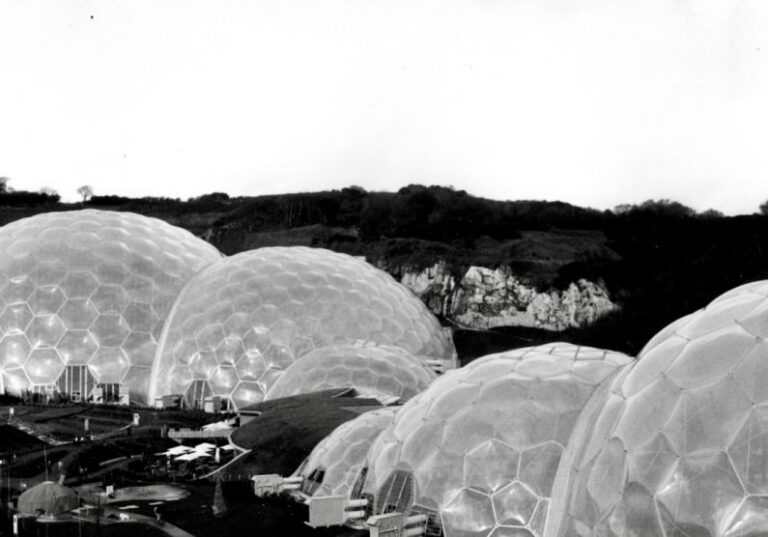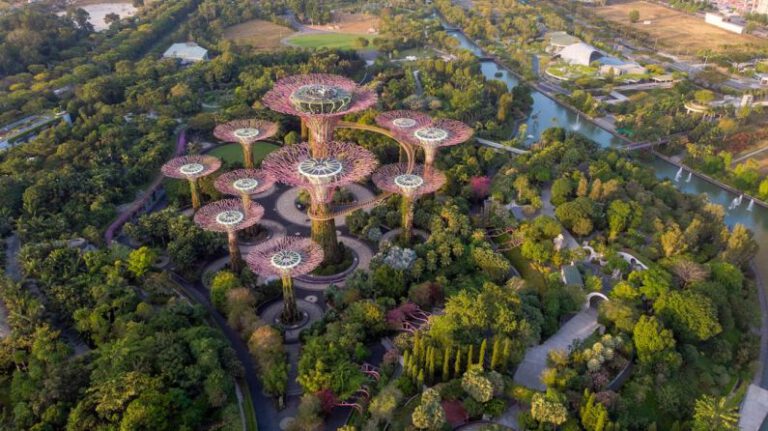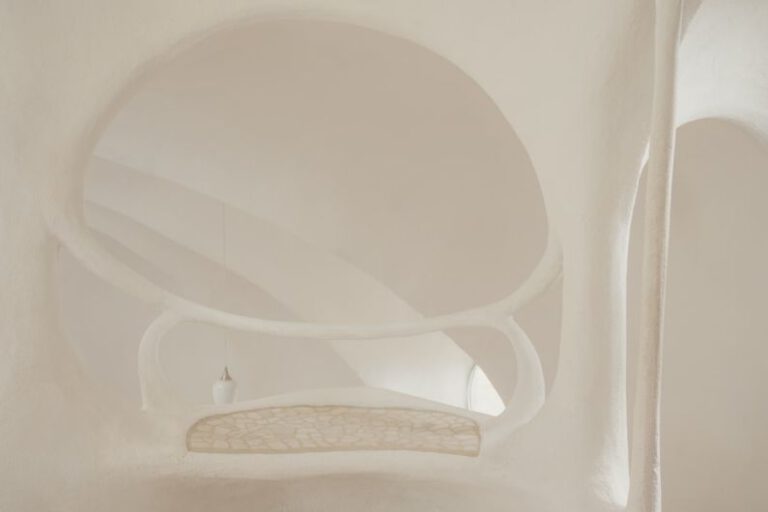Living Roofs: the Green Oases in Urban Deserts
In the concrete jungle of urban landscapes, where buildings and roads dominate the scenery, living roofs emerge as green oases, offering a breath of fresh air amidst the desert of city life. These innovative and sustainable rooftops have gained popularity in recent years for their environmental benefits, aesthetic appeal, and contribution to urban biodiversity.
**A Closer Look at Living Roofs**
Living roofs, also known as green roofs or rooftop gardens, are vegetated roof systems that support a variety of plant life. They can range from simple grassy coverings to elaborate gardens with shrubs, trees, and even small ponds. The concept of green roofs is not new; in fact, they have been around for centuries in various forms, from the ancient Hanging Gardens of Babylon to traditional sod roofs in Scandinavia.
**Environmental Benefits**
One of the primary advantages of living roofs is their ability to mitigate the heat island effect in urban areas. By replacing heat-absorbing surfaces with vegetation, green roofs help reduce temperatures and improve air quality. They also act as natural insulators, reducing energy consumption for heating and cooling buildings. In addition, living roofs can capture and filter rainwater, reducing stormwater runoff and alleviating pressure on drainage systems.
**Aesthetics and Wellness**
Beyond their environmental benefits, living roofs enhance the visual appeal of buildings and create inviting outdoor spaces in densely populated urban areas. Rooftop gardens provide a tranquil retreat from the hustle and bustle of city life, offering a place for relaxation, social gatherings, and even urban agriculture. The presence of greenery has been shown to have a positive impact on mental health and well-being, providing a much-needed connection to nature in the midst of a concrete jungle.
**Biodiversity and Habitat**
Another important aspect of living roofs is their role in supporting urban biodiversity. By providing habitat for birds, insects, and other wildlife, green roofs help restore some of the natural ecosystems that are lost to urban development. They create corridors for wildlife movement and contribute to the overall ecological connectivity of cities. In addition, the plant diversity on living roofs can attract pollinators and beneficial insects, further enhancing the urban ecosystem.
**Challenges and Considerations**
While living roofs offer numerous benefits, there are also challenges to consider when implementing these systems. Factors such as structural integrity, waterproofing, maintenance requirements, and cost need to be carefully evaluated before installing a green roof. Proper design, installation, and ongoing maintenance are essential to ensure the long-term success and functionality of living roofs.
**The Future of Urban Landscapes**
As cities continue to expand and develop, the importance of integrating green infrastructure into urban landscapes becomes increasingly apparent. Living roofs represent a sustainable and innovative solution to many of the environmental, social, and health challenges faced by modern cities. By transforming barren rooftops into vibrant green spaces, we can create a more resilient and harmonious urban environment for current and future generations.
**In Summary**
Living roofs offer a multifaceted approach to improving urban environments, providing benefits for the environment, human well-being, and urban biodiversity. As we strive to create more sustainable and livable cities, the integration of green roofs into urban planning and design will play a crucial role in shaping the future of our urban landscapes. Embracing the concept of living roofs is not just a trend but a necessary step towards creating green oases in the urban deserts of our modern world.

